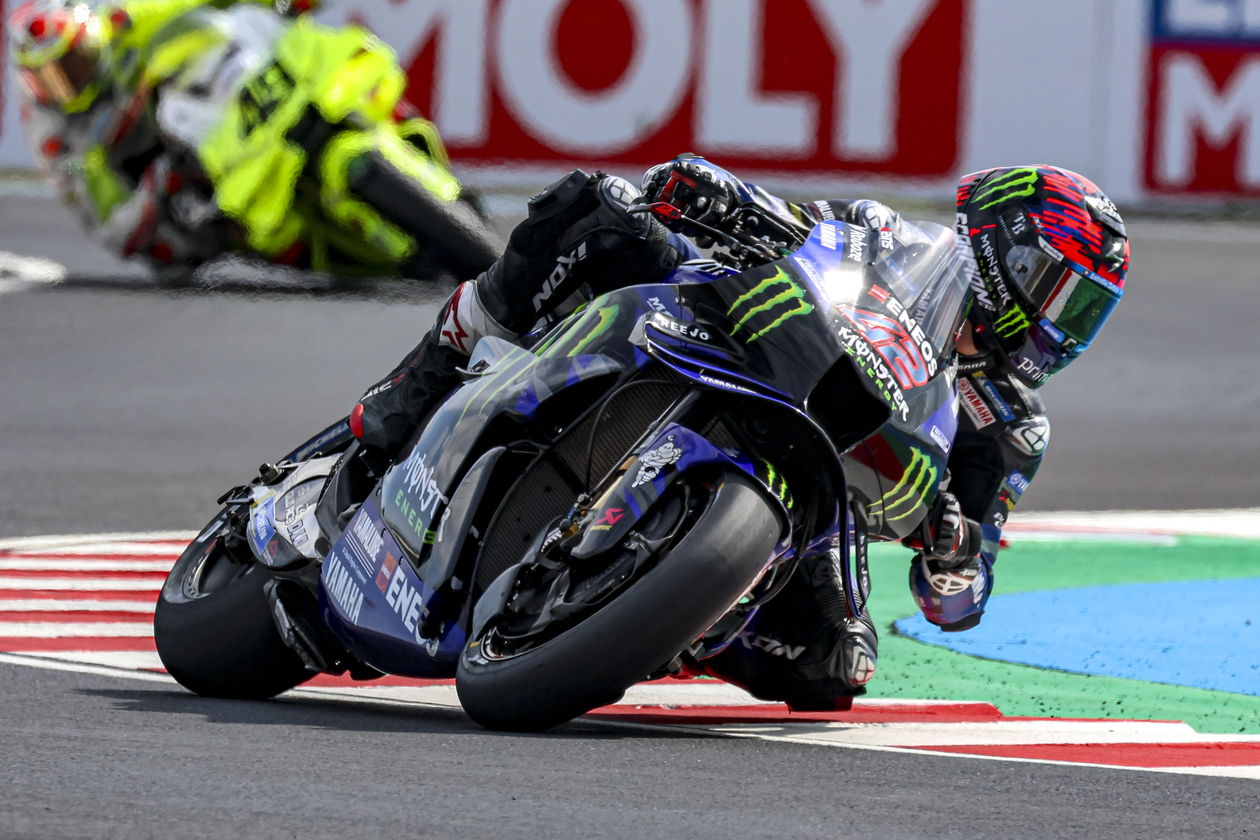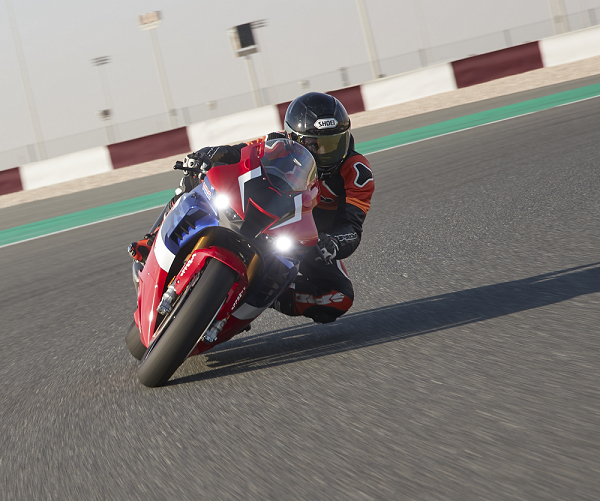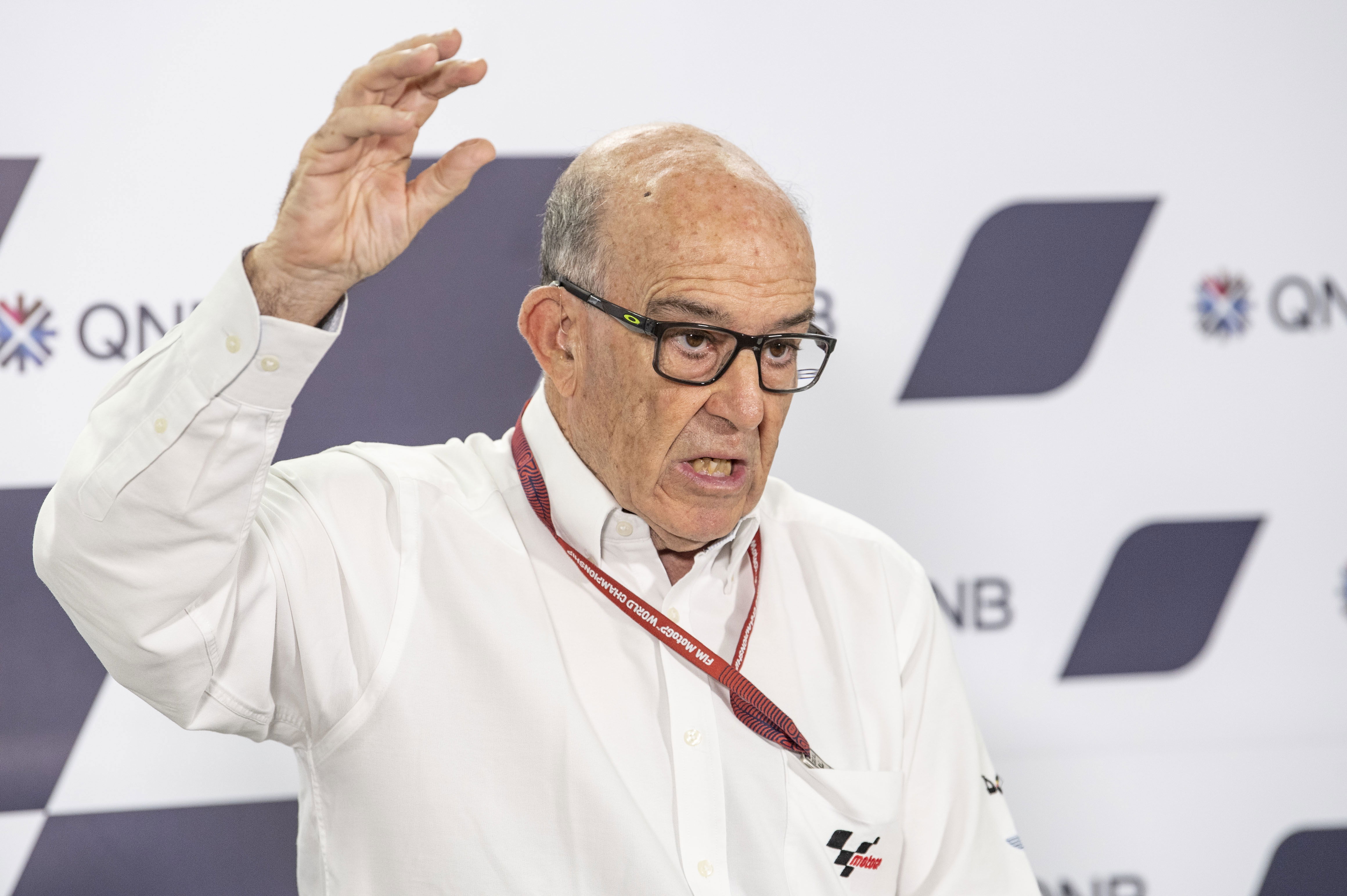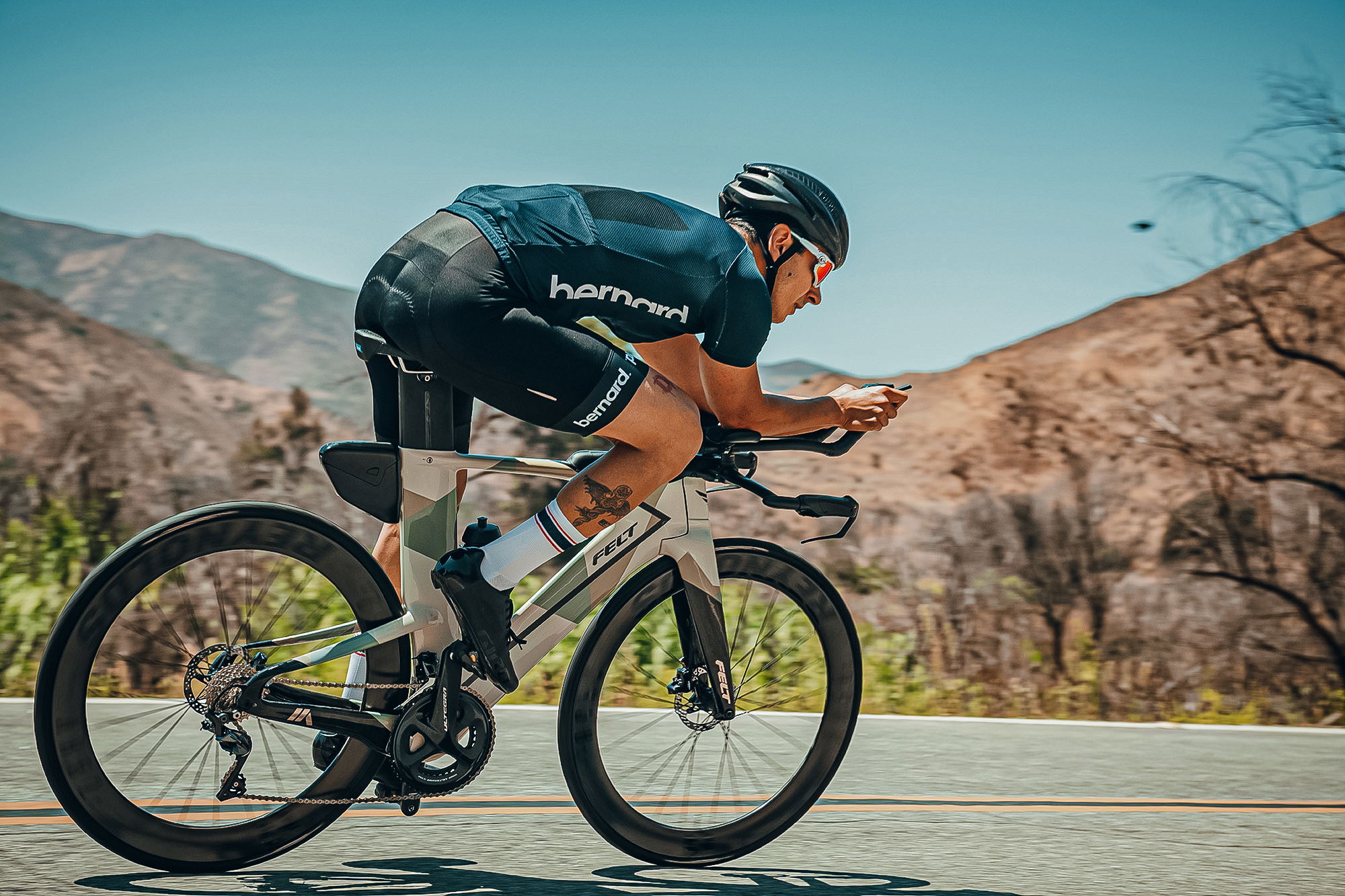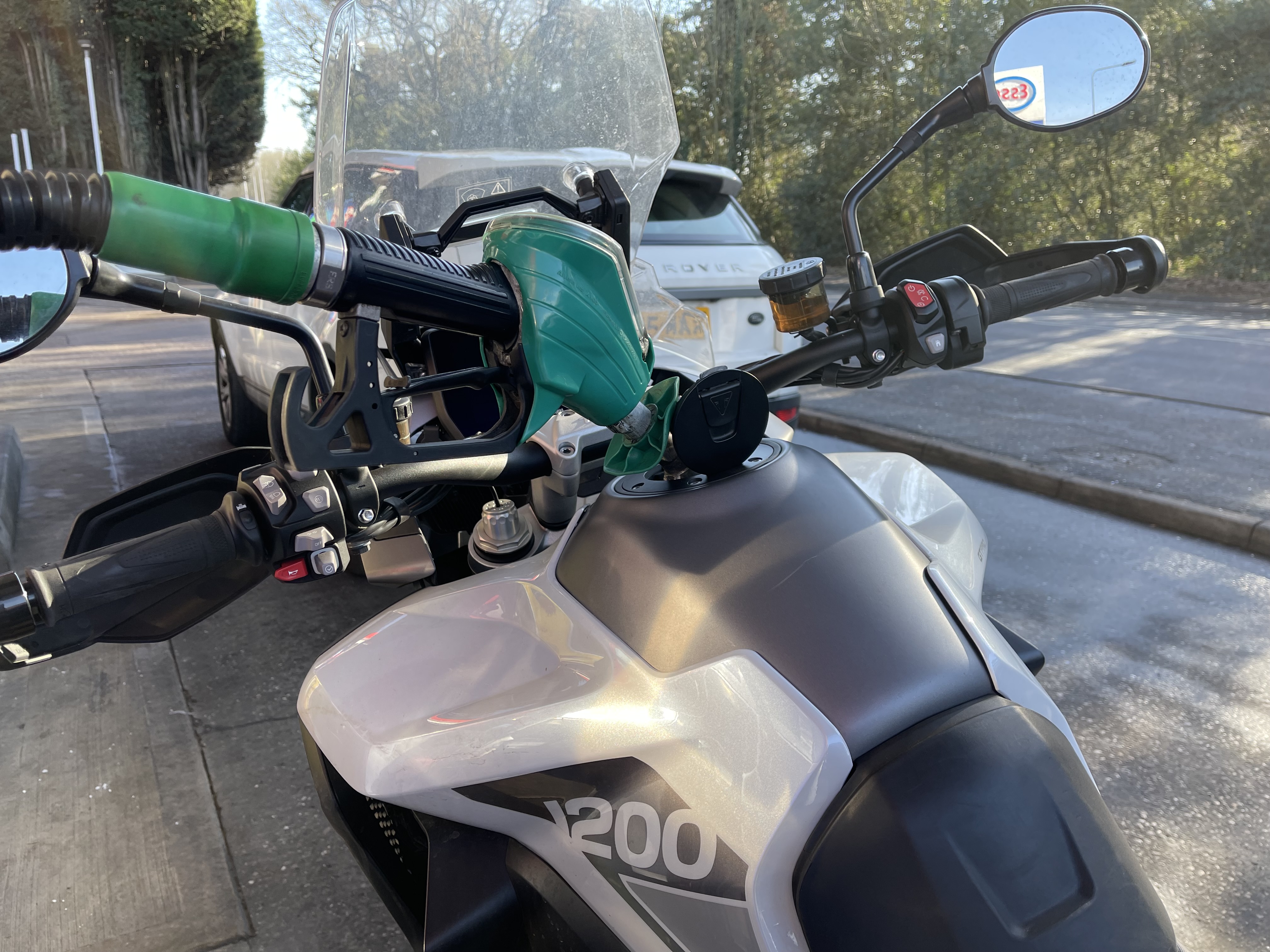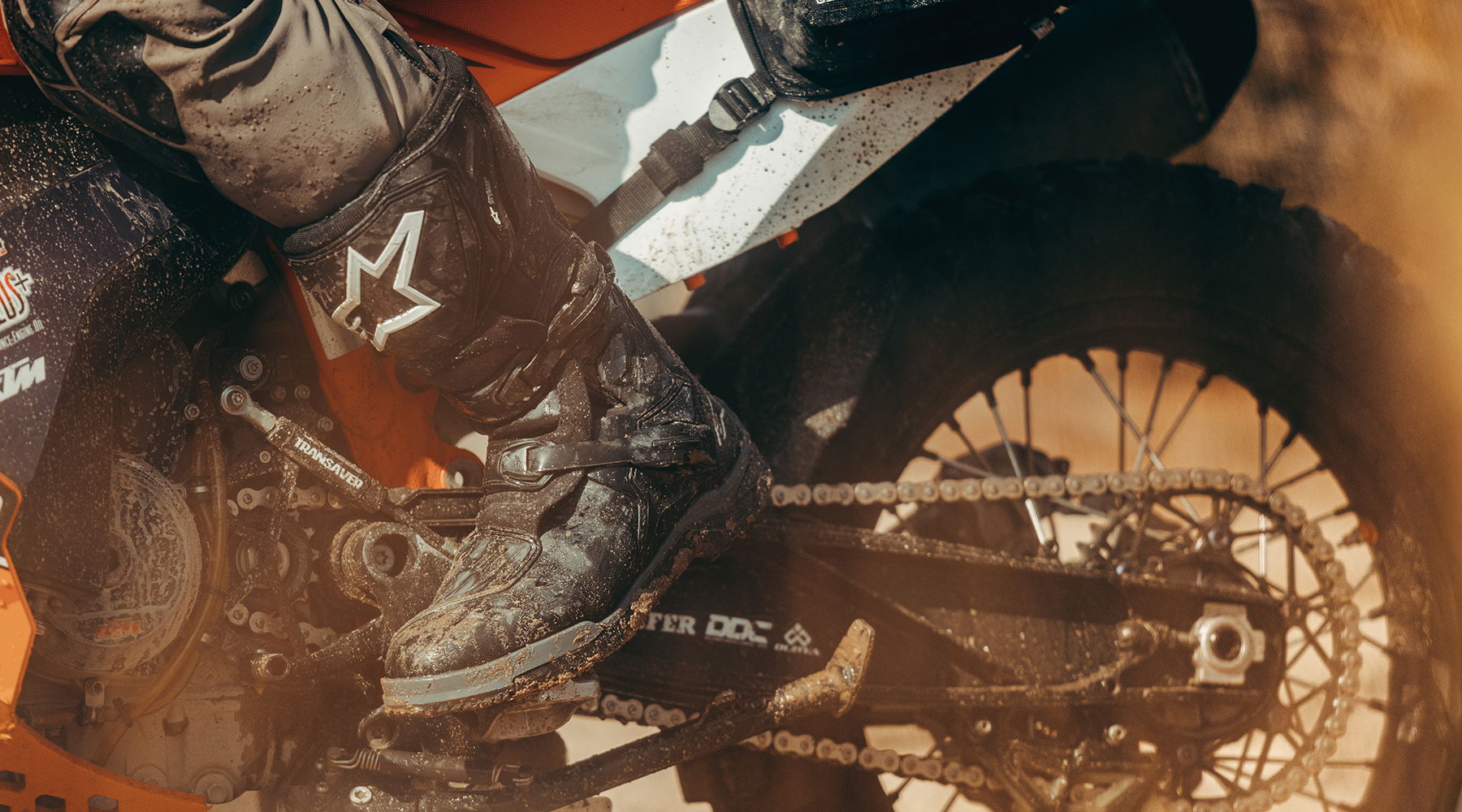Aprilia RS-GP MotoGP patents reveal advanced aerodynamics
The Aprilia RS-GP is one of the most aerodynamically advanced on the grid, but could its high-tech winglets one day land on road bikes in the future?

Aprilia has never been shy about pushing the limits of MotoGP aerodynamics. Freshly published patents have now lifted the lid on some of the Noale factory’s latest RS-GP developments – and the details are fascinating.
The filings come via Marco De Luca, a former Formula 1 aerodynamicist who now leads Aprilia’s technical department. The focus is clear; it’s all about ground effect and cornering stability, taken a step further than anything we’ve seen on the grid so far.
One of the stand-out ideas involves the RS-GP’s swingarm. Mounted to both sides are wing-like extensions that sit over the top of the rear wheel like vertical walls. At first glance, you’d think drag reduction, but it seems that is not the main purpose. Instead, they’re designed to help the bike corner harder. At big lean angles, the lower side generates downforce and a sideways shove, literally forcing the Aprilia deeper into the turn and fighting against the centrifugal pull that is trying to send it wide.

The side fairings are also shaped with a broad leading edge tapering to the rear, angled down when viewed from behind. That means at maximum lean, the aero isn’t just pushing the bike down, it’s actively helping it turn in. Think of it as a second pair of hands holding the RS-GP in line mid-corner.
Just ahead of the rear axle sits another clever touch, as a small, angled wing comes into play when the bike is cranked over. The airflow beneath accelerates between the wing and the asphalt, creating a vacuum effect. In short, the RS-GP is being sucked into the track harder, giving more grip and stability through the bend.
A separate patent moves the focus rearwards, above the wheel and under the seat. Here sits a diffuser-style tunnel, fed by spoon-like inlets ahead of the rear tyre. It channels air upwards, accelerating the flow to boost ground effect. To make it work harder, a rear spoiler combines with the side wings to expel the air more efficiently.
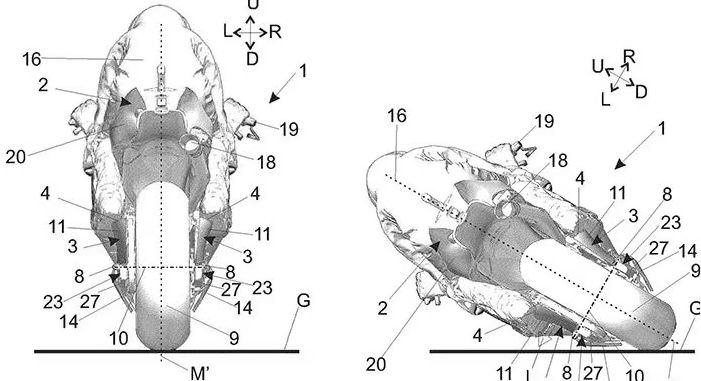
The fact that Aprilia has officially patented these ideas is unusual in racing. Patents protect commercial use (not imitation in MotoGP), which makes you wonder if this tech will appear on road bikes. A high-performance model, the XGP, is already known to be in the works – and some of these aerodynamic tricks could well make the jump from prototype to customer machine.
While the thought of MotoGP-spec aero on road bikes an enticing thought, it’s not something that everyone is keen on. The MotoGP legend and two-time world champion, Casey Stoner, has been openly critical of the direction of the premier class in recent years. Indeed, he’s even called out the series organisers over the incoming 2027 technical overhaul, claiming that it will reduce the chances of overtaking due to the increased turbulent air flowing from the rear of the bike.
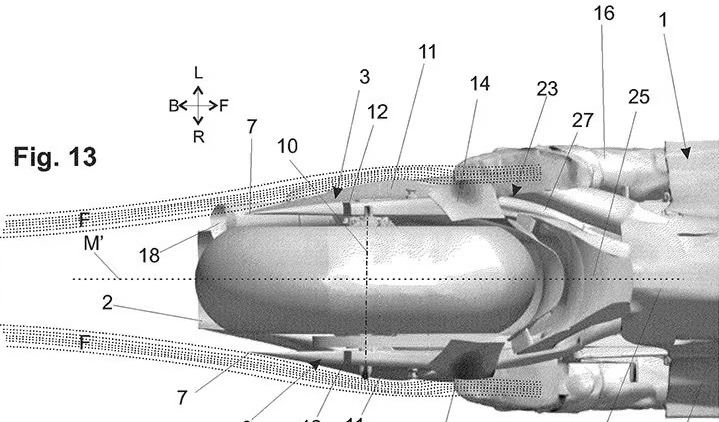
It’s a similar situation to what we’ve seen in Formula One in recent years. As the cars became more reliant on aerodynamics to post a fast lap time, we saw overtaking become rarer. And the problem is two-fold. Yes, the turbulence makes it harder for the following driver or rider, but the more aero the vehicle has, the faster it will corner, meaning riders and drivers will be more cautious when making a lunge. The situation got so bad in F1 that the series organisers had to engineer an overtaking system for the drivers, leading the Drag Reduction System (DRS) being brought in. Adding an overtake button to a bike in MotoGP, like the DRS we have in F1, feels like a bit of a backwards step, to Stoner and a lot of watching fans.
Find the latest motorcycle news on Visordown.com
